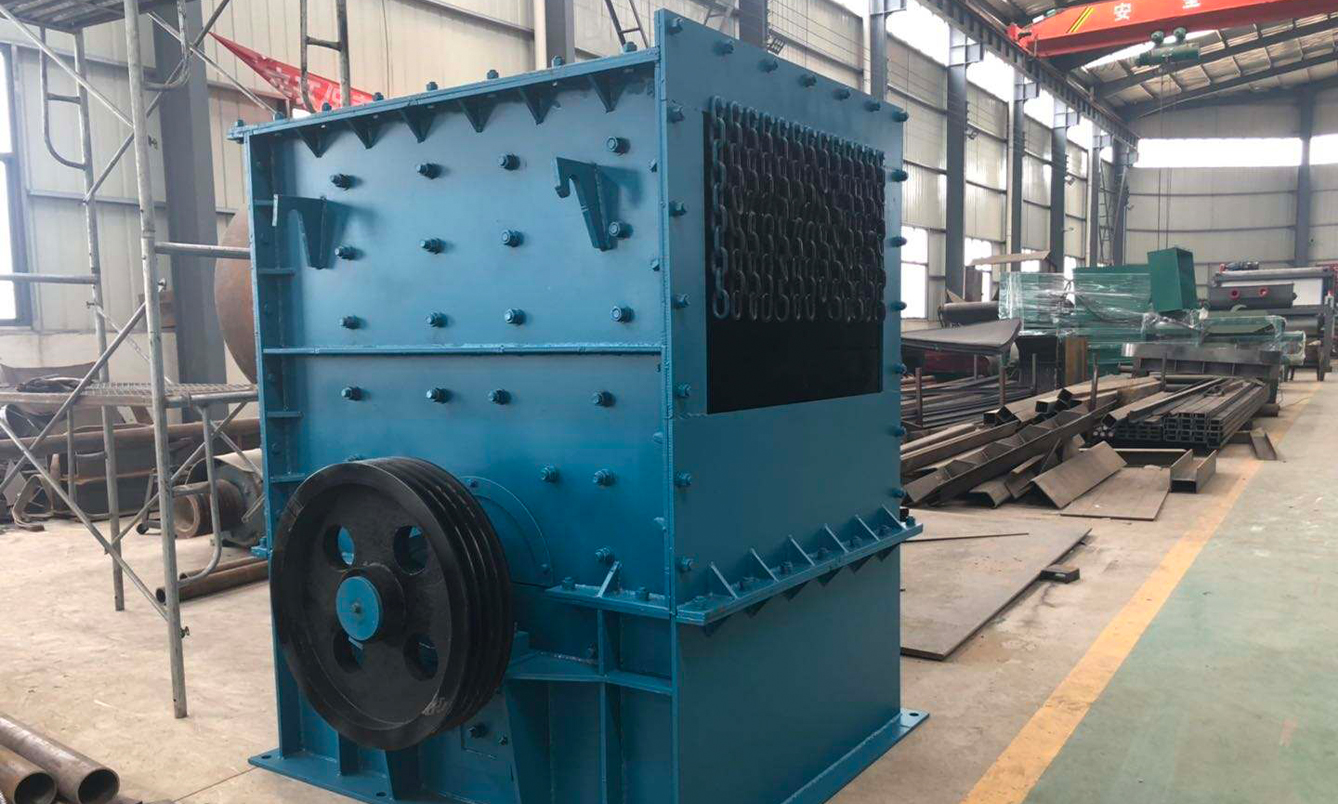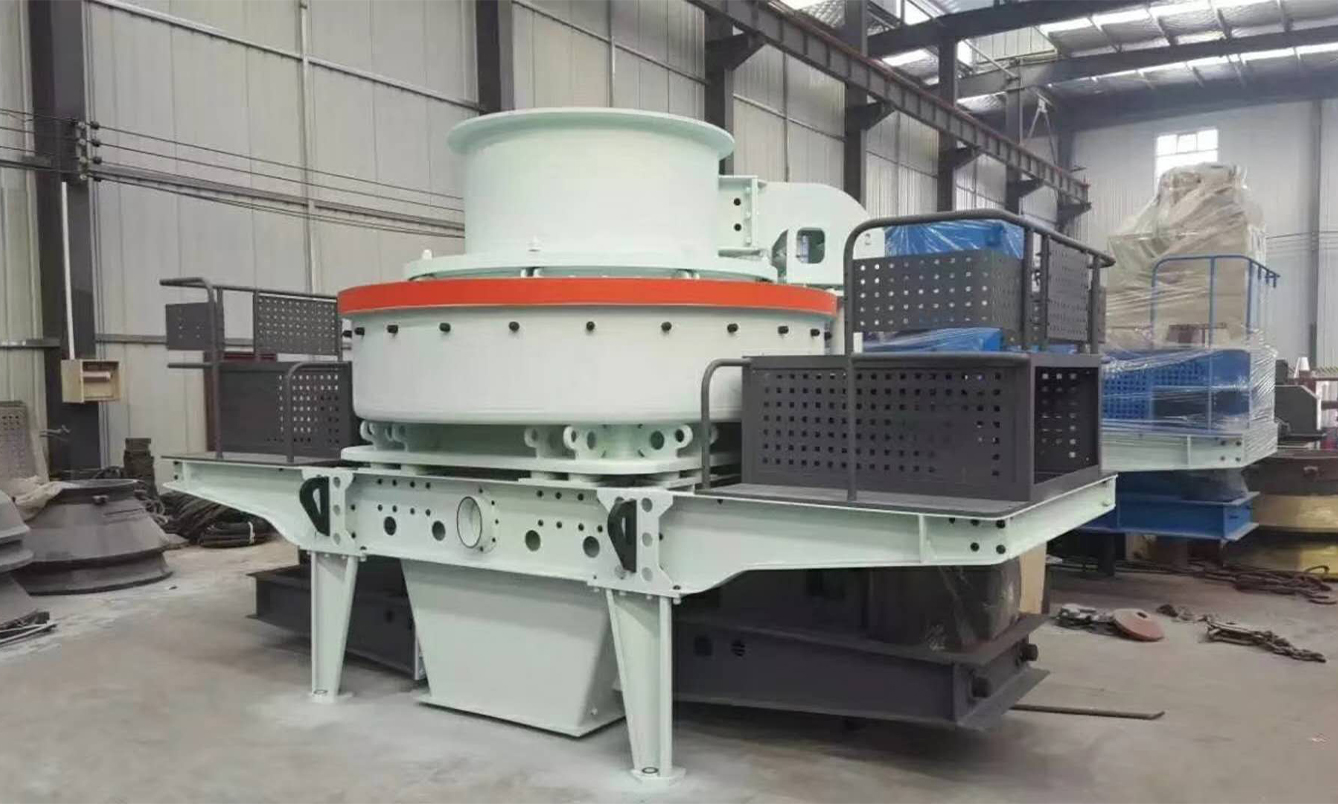Calcite sand making machine and processing process
Calcite is an inorganic compound with a Mohs hardness of about 3. At present, there are many types of sand making machines on the market. Considering the characteristics of the material, this calcite sand making machine is very good. Combined, a new generation of products with a number of independent research and development features, integrating a variety of crushing modes, has become an important equipment in the machine-made sand industry.
The four-port impeller design and the impact angle of the crushing cavity are improved. The throughput is increased, the output is large, the large discharge port is designed, and the material is discharged smoothly. Which can effectively prevent the material from clogging and avoid abnormal damage to the equipment. It has a shaping effect and the finished product is relatively fine. Most of them are polygonal bodies with good grain shape, taking into account the wear-resistant peripheral guard plate and the self-breaking point of the rock. The developed low-loss wear-resistant structure reduces the wear cost, and the hydraulic cover opening device is convenient for maintenance.
Calcite processing process:
Large stone → vibrating feeder → jaw crusher → impact crusher → calcite sand making machine → vibrating screen → conveyor;
Feeding: Calcite is fed to the vibrating feeder by a dump truck.
Crushing: The vibrating feeder evenly feeds the stone into the jaw crusher for primary crushing. And then conveys it to the impact crusher through the belt conveyor for secondary crushing.
Sand making: The crushed materials are sent to the calcite sand making machine by the belt conveyor for fine crushing and sand making.
Screening: The vibrating screen is then used for screening to produce materials of different sizes.
Uses of Calcite Sand
After being processed by equipment such as crushers and sand making machines, rock particles with a particle size of less than 4.75mm are obtained. In addition, fine sand (0.35-0.25mm), medium sand (0.5-0.35mm) and coarse sand (0.5mm) can be screened out. mm or more) and other specifications, applied to the following fields.
Generally, calcite is used for chemical, cement and other industrial raw materials.
It is used as a flux in the metallurgical industry and used to produce cement and lime in the construction industry.
Filling additives in plastics, papermaking, toothpaste and food.
When calcite is added in glass production, the resulting glass will become translucent, especially suitable for making glass lampshades.








